Asteroid to pass Earth at a distance closer than the Moon, says NASA!
NASA has revealed that an asteroid will pass Earth today, February 8, and it will do so at a distance that is even closer than the Moon! Know its speed, size, distance of approach, and other details, as per the US Space Agency.
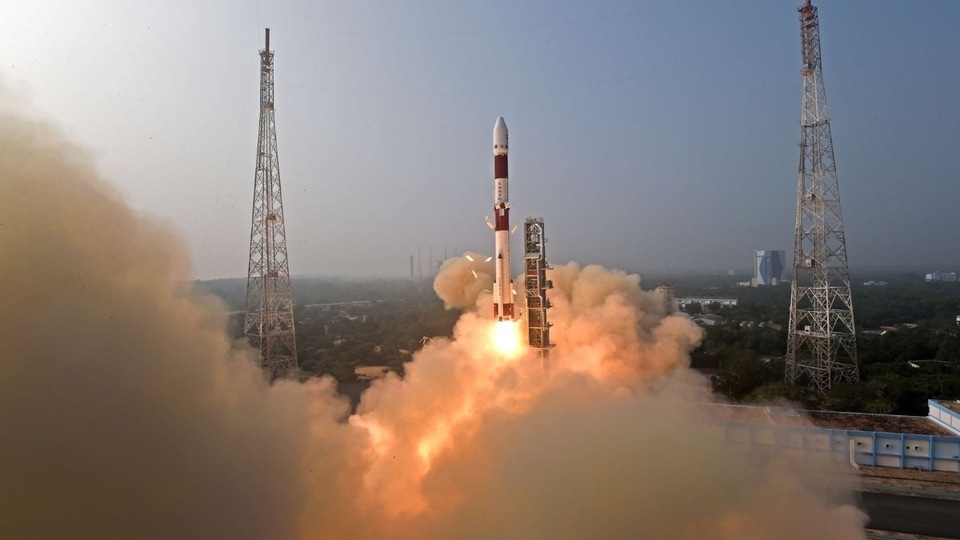
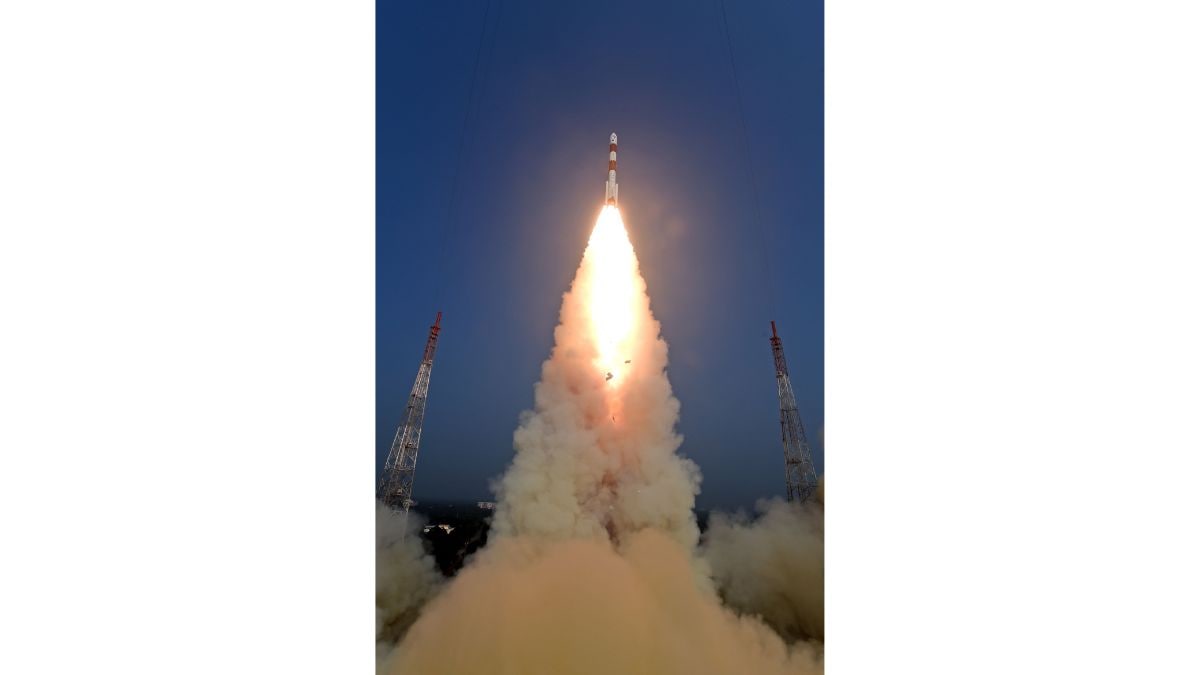
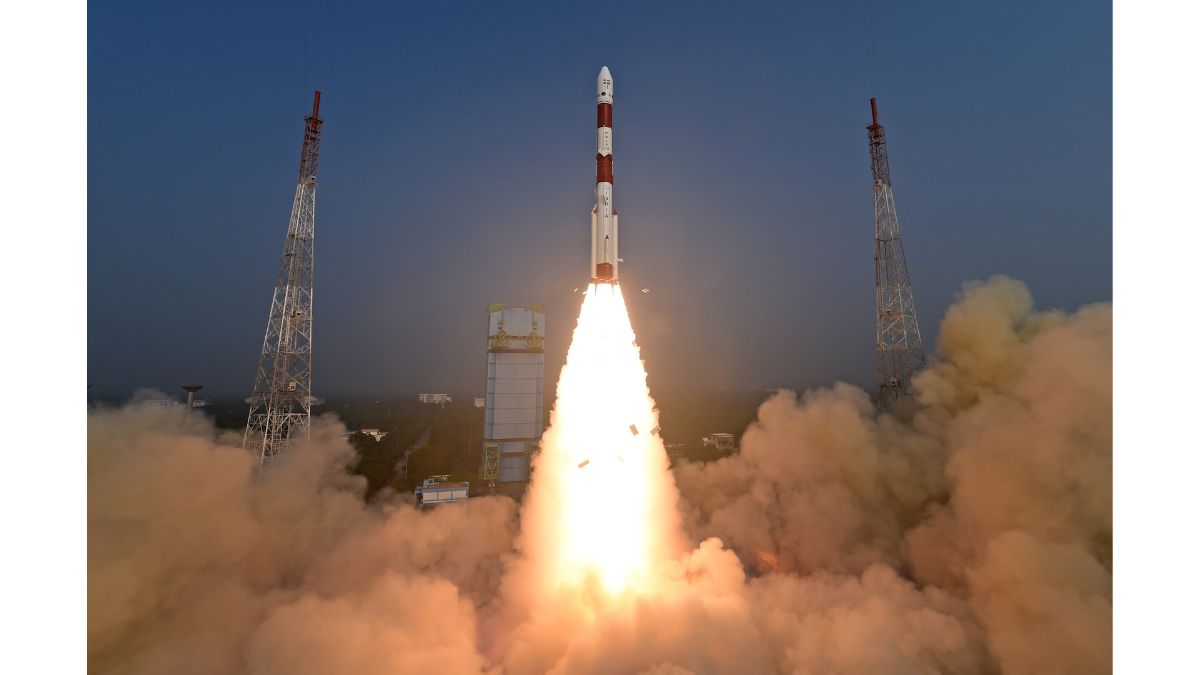
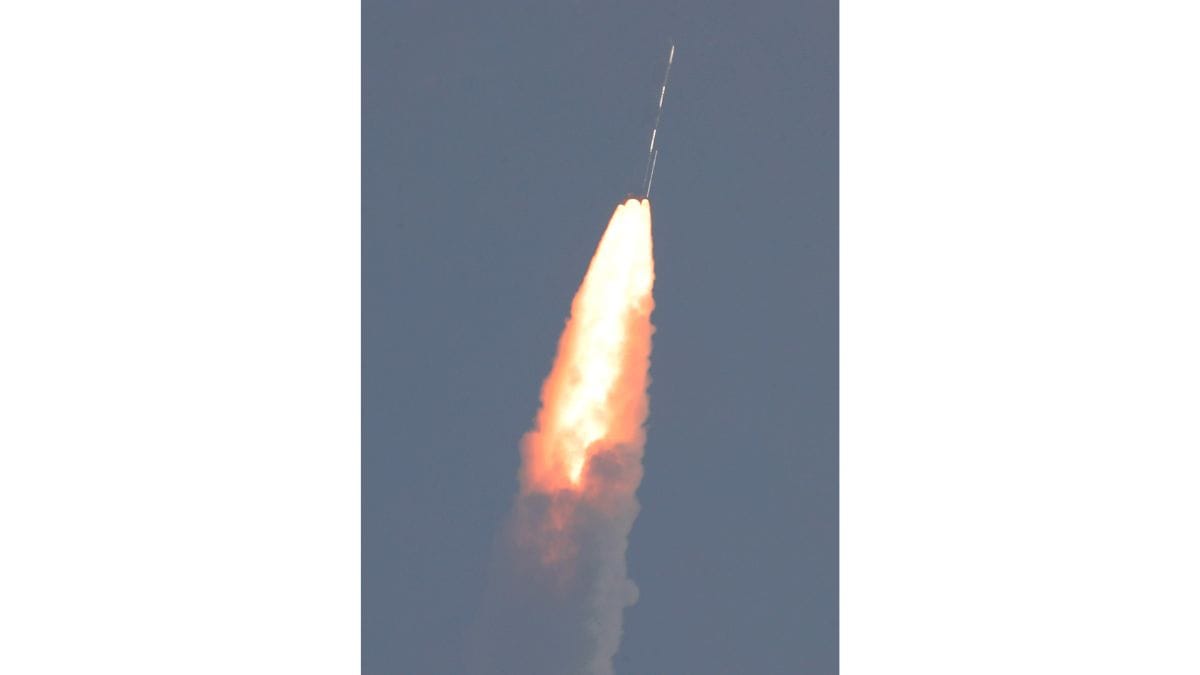
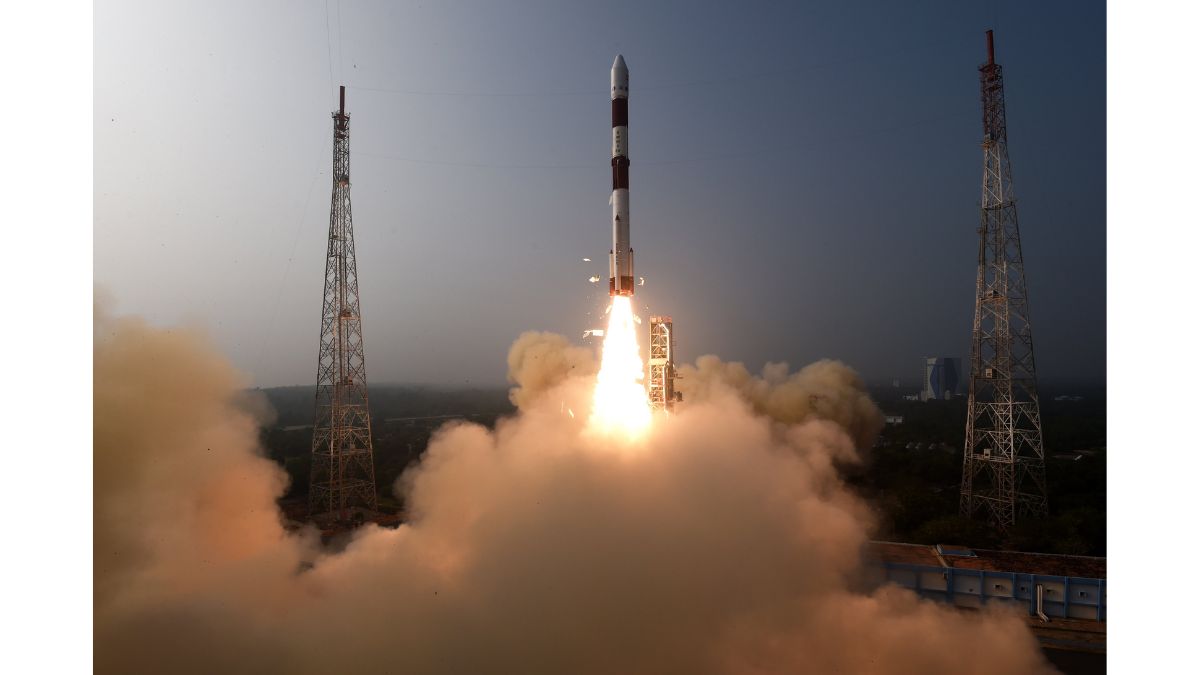

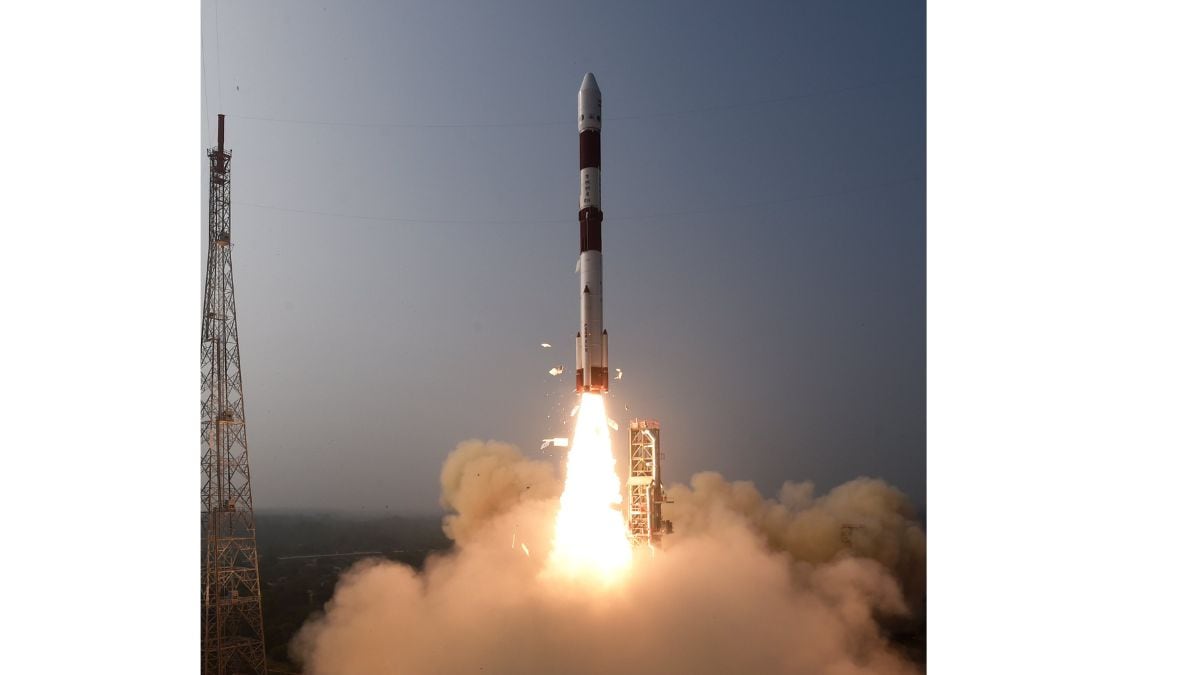
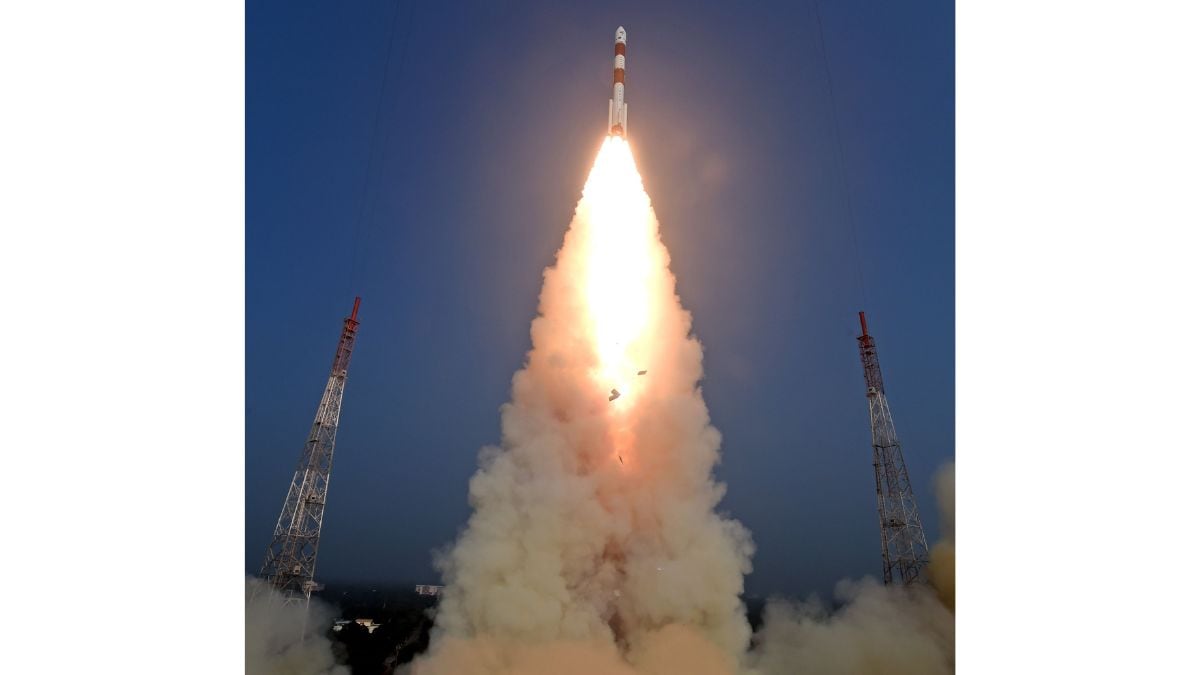
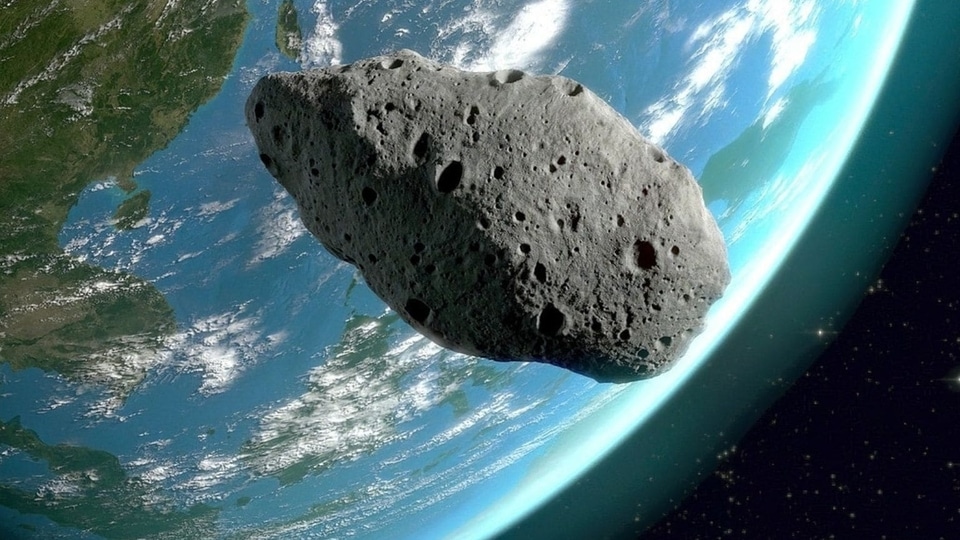
 View all Images
View all ImagesNASA uses its advanced space and ground-based telescopes such as the NEOWISE telescope, Pans-STARRS1, and Catalina Sky Survey to keep an eye on asteroids that have the potential to threaten Earth. Using this advanced tech, the US Space Agency has shed light on an asteroid that is set to pass Earth at a distance that is even closer than the Moon today, February 8. Know its speed, size, distance of approach, and other details, as per the US Space Agency.
Asteroid 2024 CK1: Details
The asteroid, given the designation of Asteroid 2024 CK1 by NASA's Center for Near-Earth Object Studies (CNEOS), is travelling towards Earth in its orbit at a breakneck speed of 43411 kilometers per hour, which is much faster than an Intercontinental Ballistic Missle (ICBM)! NASA expects this space rock to fly past Earth at a close margin of approximately 228,000 kilometers today. That is even closer than the Moon, which is located about 384,000 kilometers from the planet.
While this asteroid will pass by such a close distance, it isn't big enough to cause panic or any potential damage. As per NASA, the asteroid is merely 15 feet wide, making it almost as big as a car. Therefore, it has not been classified as a ‘Potentially Hazardous Object'. These are space objects that are bigger than 492 feet and pass the planet within 7.5 million kilometers.
This space rock belongs to the Apollo group of Near-Earth Asteroids, which are Earth-crossing space rocks with semi-major axes larger than Earth's. These asteroids are named after the humongous 1862 Apollo asteroid, discovered by German astronomer Karl Reinmuth in the 1930s.
NASA has also revealed that Asteroid 2024 CK1 has passed Earth before and this is not its first approach. It first came as close as 53 million kilometers to the planet on June 21, 2014. After today, it is not expected to pass Earth again in the near future.
Also, read these top stories today:
Cookies are crumbling! The little data files that helped companies stalk users around the web are vanishing. But that doesn't mean a return to privacy. Some interesting details in this article. Check it out here.
Meta will challenge the EU! Meta announced on Wednesday it would challenge in court an EU demand for fees under a content moderation law, which is its legal weaponry to rein in Big Tech. Read all about it here.
Microsoft to cut more jobs! The FTC seeks a response after Microsoft's plans surfaced revealing that the Satya Nadella-led company aims to cut 1900 jobs from the newly acquired Activision Blizzard. Dive in here.
One more thing! We are now on WhatsApp Channels! Follow us there so you never miss any updates from the world of technology. To follow the HT Tech channel on WhatsApp, click here to join now!
Catch all the Latest Tech News, Mobile News, Laptop News, Gaming news, Wearables News , How To News, also keep up with us on Whatsapp channel,Twitter, Facebook, Google News, and Instagram. For our latest videos, subscribe to our YouTube channel.
































